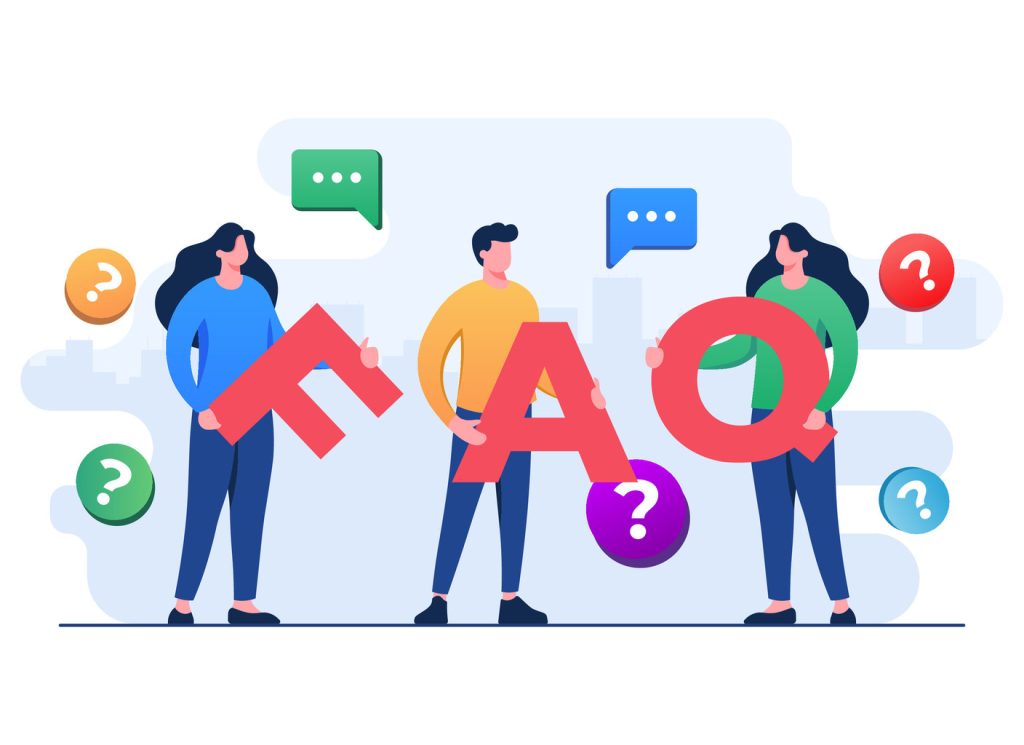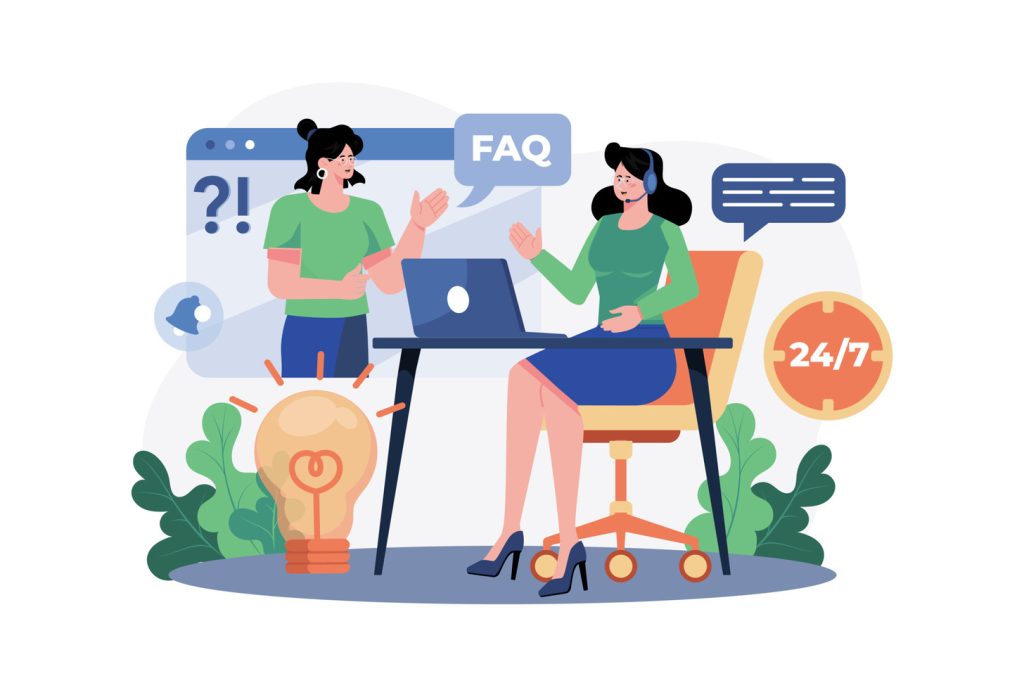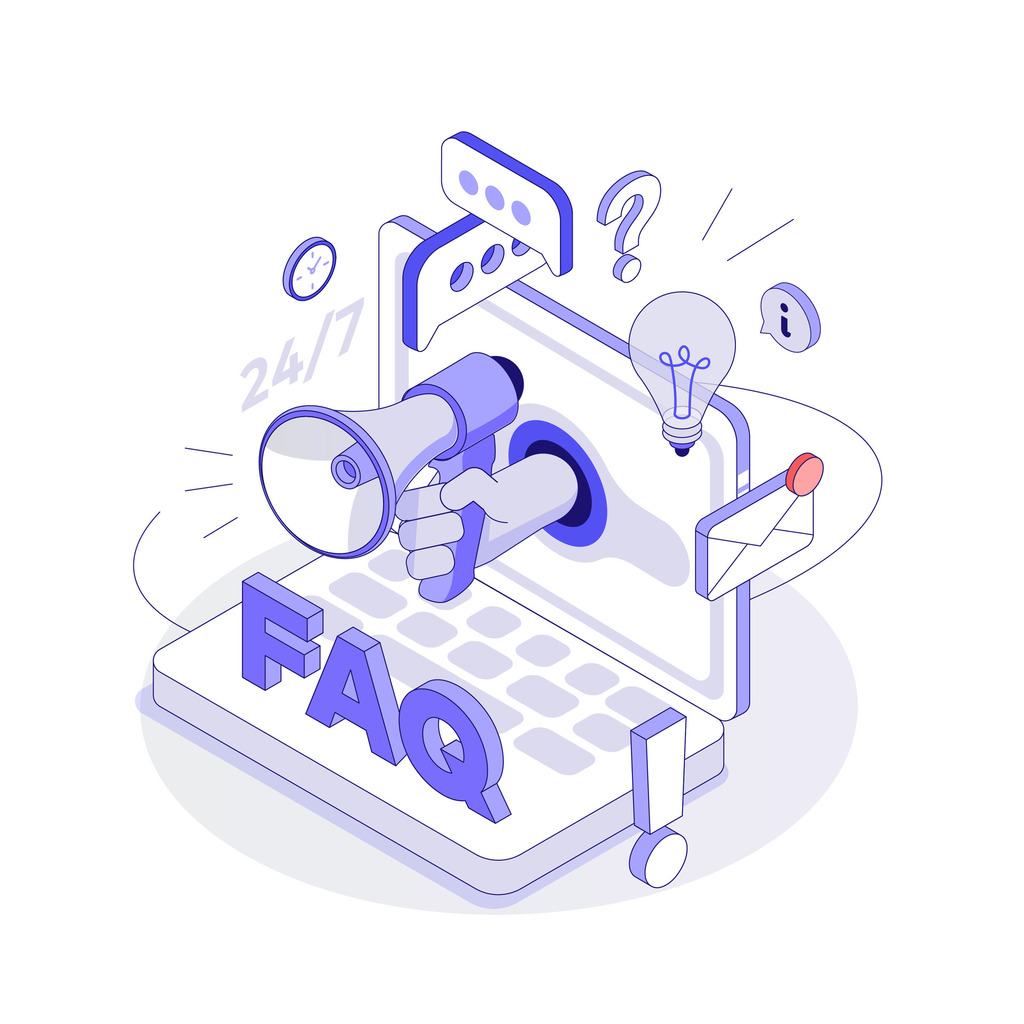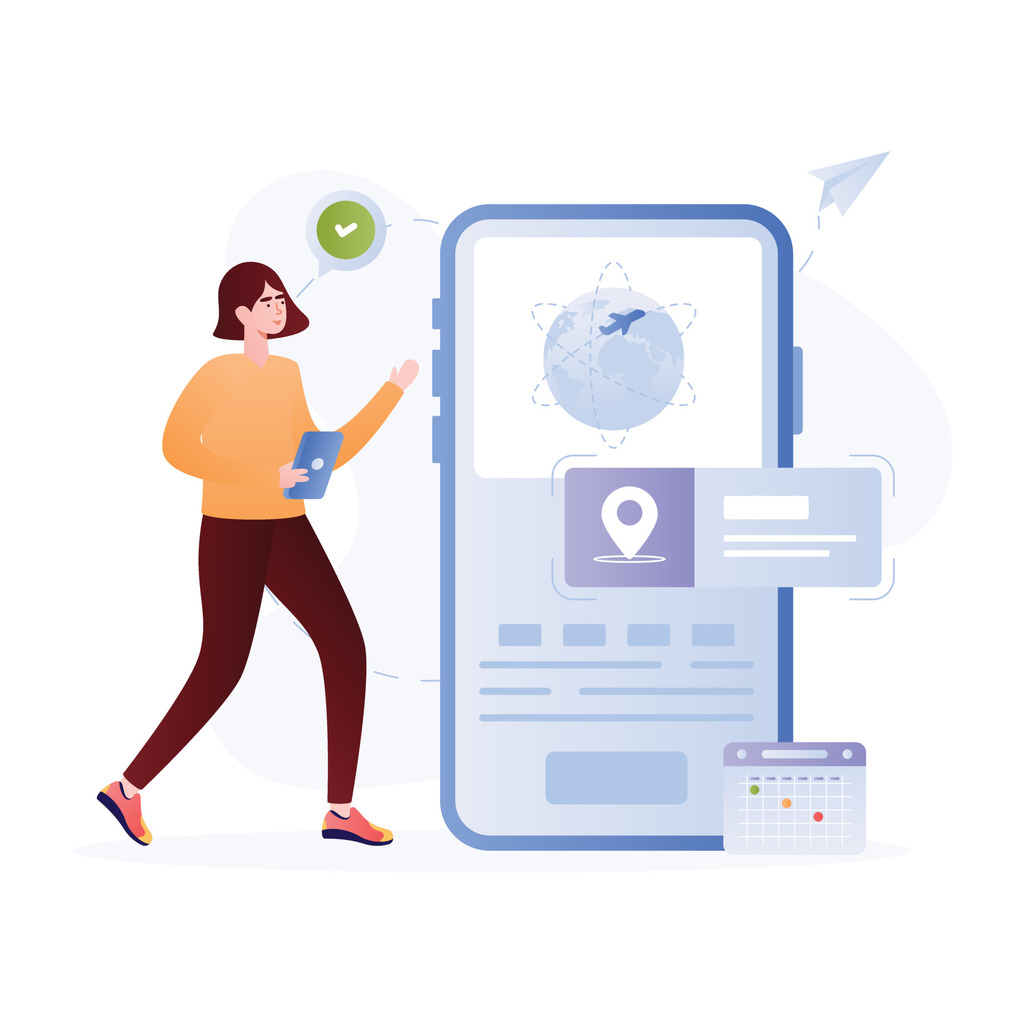Leading FAQ Management Tools for Business Efficiency

Modern customers expect instant resolutions. Banking apps display balances in real time. Airlines automate flight changes. Retailers deploy AI chatbots for returns. Yet a 2023 Gartner study reveals only 14% of service issues get fully resolved through self-service channels. This gap between expectation and reality creates critical challenges—and opportunities—for businesses.
Companies now face dual pressures: delivering faster support while controlling operational costs. Structured knowledge systems bridge this divide by empowering users to solve problems independently. When implemented effectively, these tools reduce ticket volumes by up to 30% while improving customer satisfaction scores.
Forward-thinking organizations leverage specialized software to transform reactive support into proactive solutions. The right platform organizes information intuitively, anticipates user needs, and integrates seamlessly with existing workflows. This approach not only streamlines operations but also builds trust through consistent, reliable assistance.
Choosing optimal systems requires evaluating scalability, integration capabilities, and alignment with business goals. Top-performing solutions combine AI-driven analytics with user-friendly interfaces, ensuring teams can measure impact and adapt quickly. The result? Measurable efficiency gains and stronger customer relationships.
Key Takeaways
- Only 14% of self-service interactions fully resolve customer issues according to 2023 data
- Structured knowledge systems reduce support tickets by up to 30%
- Effective solutions improve satisfaction scores while lowering operational costs
- Integration capabilities and scalability determine long-term tool success
- AI-enhanced platforms enable proactive rather than reactive support strategies
Understanding Self-Service in Today’s Customer Support Landscape
Immediate access to precise information is no longer a luxury but a baseline demand. Digital-native consumers expect resolution speeds matching their app-driven lifestyles – 63% of service interactions now start through self-service channels. Yet nearly 4 in 10 younger users abandon these systems when answers prove elusive.
“Businesses lose 22% of potential repeat customers due to poor self-service experiences,” notes a 2024 Forrester report. “The cost isn’t just operational – it’s relational.”
The Rise of Automated Solutions
Modern tools have evolved beyond static FAQ pages. AI-driven platforms analyze phrasing patterns to predict user intent. For example:
| Feature | Traditional FAQ | AI-Powered System |
|---|---|---|
| Response Accuracy | 55-70% | 89-94% |
| Query Resolution Time | 3-5 minutes | Under 45 seconds |
| User Retention Rate | 61% | 83% |
This leap in performance explains why 72% of enterprises now prioritize intelligent automation for customer support.
Customer Expectations and Digital Trends
Generational divides reveal critical insights. While 68% of Baby Boomers tolerate multi-step solutions, Gen Z demands single-click resolutions. Key differentiators include:
- Real-time content updates across all service channels
- Visual guides replacing text-heavy instructions
- Context-aware suggestions based on user history
Companies excelling in these areas see 37% higher satisfaction scores than industry averages. The message is clear: user-centric design drives self-service success.
FAQ Management: Streamlining Customer Support Operations

Centralized knowledge systems redefine how organizations handle repetitive inquiries. These platforms transform scattered data into searchable resources, cutting resolution times by up to 65% compared to manual processes. By organizing critical details in one accessible hub, businesses empower users to solve issues independently while freeing agents for complex cases.
Intelligent knowledge bases act as force multipliers for service teams. They deflect 40% of routine questions through instant answers, according to Zendesk’s 2024 CX Trends Report. This shift lets specialists focus on high-impact tasks like resolving billing disputes or technical troubleshooting.
Consistency separates effective systems from basic Q&A repositories. Version-controlled content ensures customers receive identical answers whether they contact via chat, email, or social media. Synchronized updates eliminate outdated instructions that erode trust in self-service tools.
Top platforms connect seamlessly with popular CRMs and help desk software. This integration automatically surfaces relevant articles during live interactions, enabling agents to share precise solutions quickly. Real-time analytics track which entries resolve issues most effectively, guiding continuous improvements.
The operational benefits are measurable:
- 28% faster onboarding for new support staff
- 19% reduction in escalations within 90 days of implementation
- 33% higher content reuse rates across departments
Companies leveraging these systems report 24% shorter average handle times and 15-point CSAT increases. When knowledge flows efficiently, both teams and customers win.
Key Features to Look for in Effective FAQ Software
Superior self-service platforms don’t just answer questions—they anticipate needs. Advanced systems combine intuitive design with adaptive technology to resolve issues before frustration sets in. Organizations achieve measurable efficiency gains by prioritizing these four capabilities.
AI-Powered Search and Decision Trees
Modern search tools interpret user intent rather than literal phrases. When someone types “can’t log in,” the system recognizes related terms like “password reset” or “two-factor authentication.” This semantic understanding reduces abandoned searches by 41% compared to basic keyword matching.
| Feature | Basic Search | AI-Driven Search |
|---|---|---|
| Typos Handled | 12% | 89% |
| First-Click Resolution | 53% | 82% |
| Cross-Platform Consistency | Limited | Full Sync |
Decision trees take this further by guiding users through troubleshooting steps. A banking client reporting lost cards receives tailored recovery options based on account type and location. These logic-based pathways cut resolution times by 63% for complex scenarios.
Robust Analytics and Content Update Mechanisms
Real-time dashboards reveal critical insights: top-searched terms, dead-end articles, and seasonal query patterns. Teams use this data to refine high-impact content weekly rather than quarterly. One SaaS company reduced repeat tickets by 28% after identifying poorly performing help desk articles.
“Organizations updating knowledge bases biweekly see 19% higher self-service success rates than those making monthly changes.” – 2024 CX Optimization Report
Automated workflows streamline content maintenance. Version control prevents conflicting edits, while approval chains ensure accuracy. Integration with existing software allows instant updates across all customer touchpoints—critical for industries like healthcare where regulations change frequently.
- AI interprets 23+ phrasing variations per common issue
- Analytics identify 94% of underperforming articles within 14 days
- Auto-sync features update 15+ platforms simultaneously
Top FAQ Software and Tools for Business Efficiency

Organizations seeking operational excellence now deploy intelligent systems that transform static Q&A into dynamic problem-solving engines. These platforms combine machine learning with user-centric design to deliver precise solutions across digital channels.
Knowmax and Its Dynamic Capabilities
Knowmax redefines knowledge sharing through AI-driven decision trees and visual workflows. The platform analyzes user behavior patterns to surface relevant guides before customers finish typing queries. Retailers using its interactive flow builders report 68% faster resolution times for product return issues compared to traditional FAQ pages.
Multimedia integration sets this tool apart. Teams create video tutorials alongside step-by-step checklists, catering to diverse learning preferences. A telecom provider reduced support calls by 41% after implementing Knowmax’s visual troubleshooting guides for common router issues.
Tidio AI FAQ Chatbot and Interactive Support
Tidio’s Lyro chatbot demonstrates how conversational AI elevates self-service experiences. The system processes natural language variations with 93% accuracy, maintaining context across multi-turn dialogues. E-commerce brands using Lyro achieve 79% first-contact resolution rates for shipping inquiries.
Seamless integration with live chat systems ensures smooth escalations when needed. Agents receive conversation histories and suggested responses, cutting average handle times by 22%. This hybrid approach balances automation with human expertise, delivering both efficiency and empathy.
“Companies adopting AI-enhanced FAQ tools see 54% higher customer effort scores than those relying on manual systems.” – 2024 CX Innovation Report
Leading solutions like HelpCrunch further bridge knowledge gaps by unifying chat logs, help articles, and proactive messaging. Real-time synchronization ensures customers receive consistent answers whether they consult a chatbot or browse the knowledge base.
Integrations and Customization Capabilities of FAQ Tools
Seamless connectivity defines modern support ecosystems. Leading FAQ tools integrate with Zendesk, Salesforce, and Freshdesk, syncing knowledge across customer service channels in real time. This interoperability ensures agents access updated solutions instantly—whether handling chat inquiries or resolving help desk tickets.
Open API architectures unlock limitless embedding possibilities. Companies integrate FAQ functionality directly into mobile apps and internal platforms without disrupting workflows. A retail chain reduced escalations by 31% after embedding troubleshooting guides into their point-of-sale systems.
“Organizations using API-connected knowledge bases resolve cross-platform issues 40% faster than those with siloed systems,” states a 2024 CX Tech Survey.
Brand consistency drives customization strategies. Tools enable tailored color schemes, fonts, and layouts matching corporate identity standards. Advanced platforms even adjust content displays based on user roles—delivering specialized answers to enterprise clients versus retail customers.
Global teams leverage multilingual capabilities to serve diverse markets. A travel company increased self-service adoption by 53% after localizing FAQ content into six languages. Role-based permissions ensure regional managers update entries without compromising compliance standards.
Dynamic filtering elevates personalization. Platforms analyze user behavior to highlight relevant solutions—frequent shoppers see return policies first, while new users get setup guides. These adaptive interfaces reduce search time by 29% compared to static layouts.
Enhancing User Experience Through Intelligent Navigation

Digital interfaces now serve as frontline ambassadors for customer satisfaction. Platforms that prioritize intuitive pathways and adaptive layouts see 42% higher engagement than those relying on rigid structures. Intelligent navigation transforms support interactions from frustrating hunts into seamless journeys.
Responsive Design for All Devices
Modern users switch between smartphones, tablets, and desktops multiple times daily. Fluid layouts ensure help articles remain legible and functional across screens. A 2024 Baymard Institute study found mobile-optimized guides improve task completion rates by 57% compared to desktop-only designs.
| Metric | Mobile | Desktop |
|---|---|---|
| Average Session Time | 1.8 min | 2.4 min |
| Bounce Rate | 33% | 28% |
| Content Sharing | 41% | 22% |
“Companies with responsive support pages retain 61% more users than those without device-specific optimization.” – UX Design Annual Report 2024
Intuitive Interfaces that Reduce Customer Friction
Clear visual hierarchies guide users to solutions faster. Collapsible menus and predictive search bars cut navigation steps by 44% in enterprise platforms. Retailers using context-aware suggestions report 39% fewer support requests for basic account issues.
| Feature | Before Implementation | After Implementation |
|---|---|---|
| Search Abandonment | 47% | 19% |
| Guide Completion | 68% | 89% |
| Feedback Submissions | 12/month | 83/month |
Embedded feedback tools enable continuous improvement. Users rating articles low automatically trigger content reviews, ensuring guides stay relevant. This closed-loop system helps teams update 23% more pages quarterly than manual processes allow.
Benefits of Implementing a Robust FAQ Management System
Strategic implementation of intelligent knowledge systems transforms customer interactions while strengthening operational frameworks. Companies using these platforms see 30% faster resolution times, directly addressing the frustration of prolonged wait periods. Automated responses to common queries deflect 40% of routine inquiries, freeing teams to tackle nuanced challenges requiring human insight.
Operational efficiency surges as ticket volumes drop. Support teams redirect efforts to high-value tasks like resolving billing disputes or technical escalations. Analytics reveal that organizations maintaining updated FAQ content achieve 19% higher first-contact resolution rates compared to static systems.
Consistency builds trust. Centralized systems ensure users receive identical answers across chat, email, and social channels. Real-time synchronization eliminates outdated instructions—a critical factor for industries like finance or healthcare where accuracy impacts compliance.
Feedback loops drive continuous improvement. Platforms tracking article performance enable weekly refinements, ensuring content stays relevant. Businesses report 24% higher customer retention after implementing these dynamic solutions, proving that efficient self-service tools foster loyalty while cutting costs.

